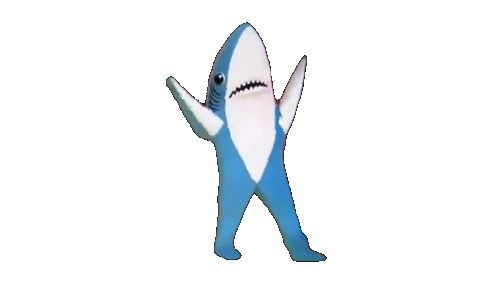This week’s reading was on Wenger’s study of Communities of Practice. Based on what I read I saw Communities of Practice as a shared space where members of this shared space participate in the exchange of knowledge and creation of new ideas based on individual problems. A Community of Practice is made of 3 parts mutual engagement, joint enterprise, and shared repertoire.
Mutual engagement is an obvious requirement. If the members of the community do not sign that unwritten contract to interact with one another a community cannot be built. I would describe joint enterprise as the synergy of the members. I read shared repertoire as the culture of the community.
I watched this video to help me understand Community of Practice more and one thing I found really interesting was Wenger did not define wikis, blogs, or forums as Communities of Practice just merely tools. When I just started wrapping my head around Communities of Practice, I instantly thought of wikis, blogs, and forums.
I am a part of a group at my university called Computer User Digital Development Learning Environment or CUDDLE. During our CUDDLE sessions students of many different educational backgrounds come to collaborate on ideas and help each other out on personal projects. Based on the definition I understood from the reading, CUDDLE can be called a Community of Practice.
Some questions I have after reading up on Community of Practice are:
- At what point does a Community of Practice become more beneficial than traditional classes?
- Would MOOCs (Massive Open Online Course) be considered a Community if Practice?
- Are there different types of Communities of Practice?




Recent Comments